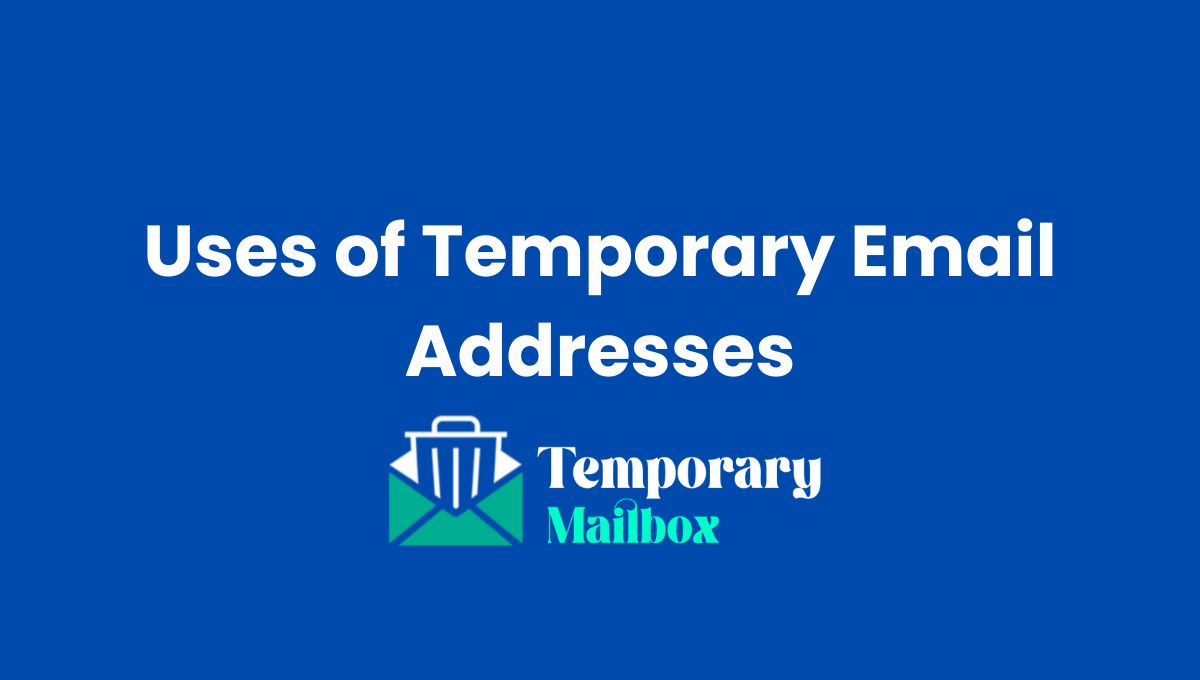Temporary or disposable email addresses have become increasingly popular for protecting online privacy, avoiding spam, and managing multiple accounts. While these tools are convenient, improper use can lead to problems that affect your digital security and online experience. Understanding the common mistakes people make with temporary emails can help you use them safely and efficiently.
1. Using Temporary Emails for Important Accounts
One of the most frequent errors is using a temporary email for accounts that may require long-term access, such as banking, subscription services, or official correspondence. Temporary emails are designed to expire after a short period, and once they do, you lose access to all messages. This can result in missing important notifications, password reset emails, or account alerts.
Tip: Always use a permanent email for critical services, and reserve temporary emails for one-time registrations or websites that require email verification but hold no long-term significance.
2. Ignoring Verification or Confirmation Emails
Many websites send verification emails when you sign up to confirm your identity or activate your account. Using a temporary email without checking these messages promptly can prevent you from completing the registration process. Since temporary emails may only last a few minutes or hours, delayed action could result in losing access entirely.
Tip: Check the temporary inbox immediately after registration, and only use it on websites where immediate verification is possible.
3. Reusing the Same Temporary Email Across Multiple Sites
Some users try to save time by reusing a single temporary email for multiple websites. This practice increases the risk of spam and makes it easier for malicious actors to associate your activities across different platforms. If one site is compromised, your temporary email inbox could receive unwanted messages, potentially exposing personal information.
Tip: Use unique temporary emails for each website to maintain privacy and minimize risk.
4. Storing Sensitive Information in Temporary Emails
A major misconception is that temporary emails are secure enough for sensitive communication. People sometimes receive confidential information, passwords, or account recovery links on temporary addresses. Since these emails are not permanent, losing them can have serious consequences, such as being locked out of accounts or losing access to important services.
Tip: Never use temporary emails for banking, government services, or any account that stores sensitive personal or financial data.
5. Violating Website Policies
Some websites explicitly prohibit the use of disposable or temporary emails. Ignoring these rules can lead to account suspension, deletion, or permanent bans. Using temporary emails for activities that violate terms of service may also result in legal consequences in certain cases.
Tip: Always read a website’s email policy before using a disposable address to ensure compliance.
6. Forgetting About Email Expiration
Temporary emails are designed to self-destruct after a certain time, ranging from minutes to days. Many users forget this and assume they can access messages later. This leads to missed emails, failed verifications, and frustration.
Tip: Keep track of expiration times and avoid relying on temporary emails for tasks that require follow-up.
7. Overlooking Security Risks
While temporary emails reduce spam in your primary inbox, they are not immune to security threats. Hackers can target disposable email services to intercept messages, and phishing emails may still reach these accounts. Assuming a temporary email is completely secure is a dangerous mistake.
Tip: Treat temporary emails as low-risk tools and remain cautious about suspicious links or attachments.
Conclusion
Temporary emails are valuable for maintaining privacy and reducing spam, but misuse can lead to lost access, missed verification emails, and potential violations of site policies. By avoiding these common mistakes—using them only for non-critical accounts, checking verification emails promptly, and respecting website rules—you can safely enjoy the benefits of disposable email addresses without the headaches.
Final Advice: Temporary emails are a convenience, not a replacement for a real, secure email account. Use them wisely, and always think about the potential consequences before entering them on any website.



